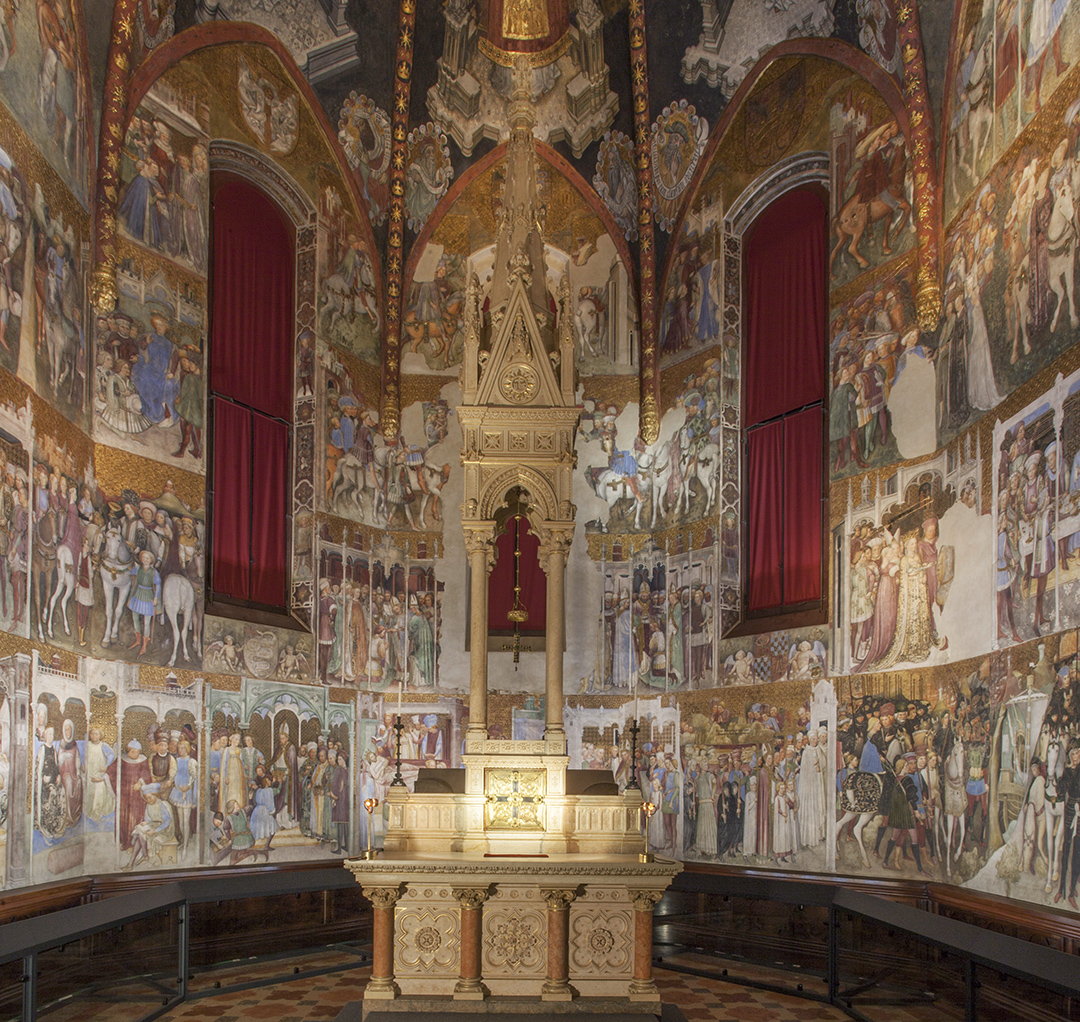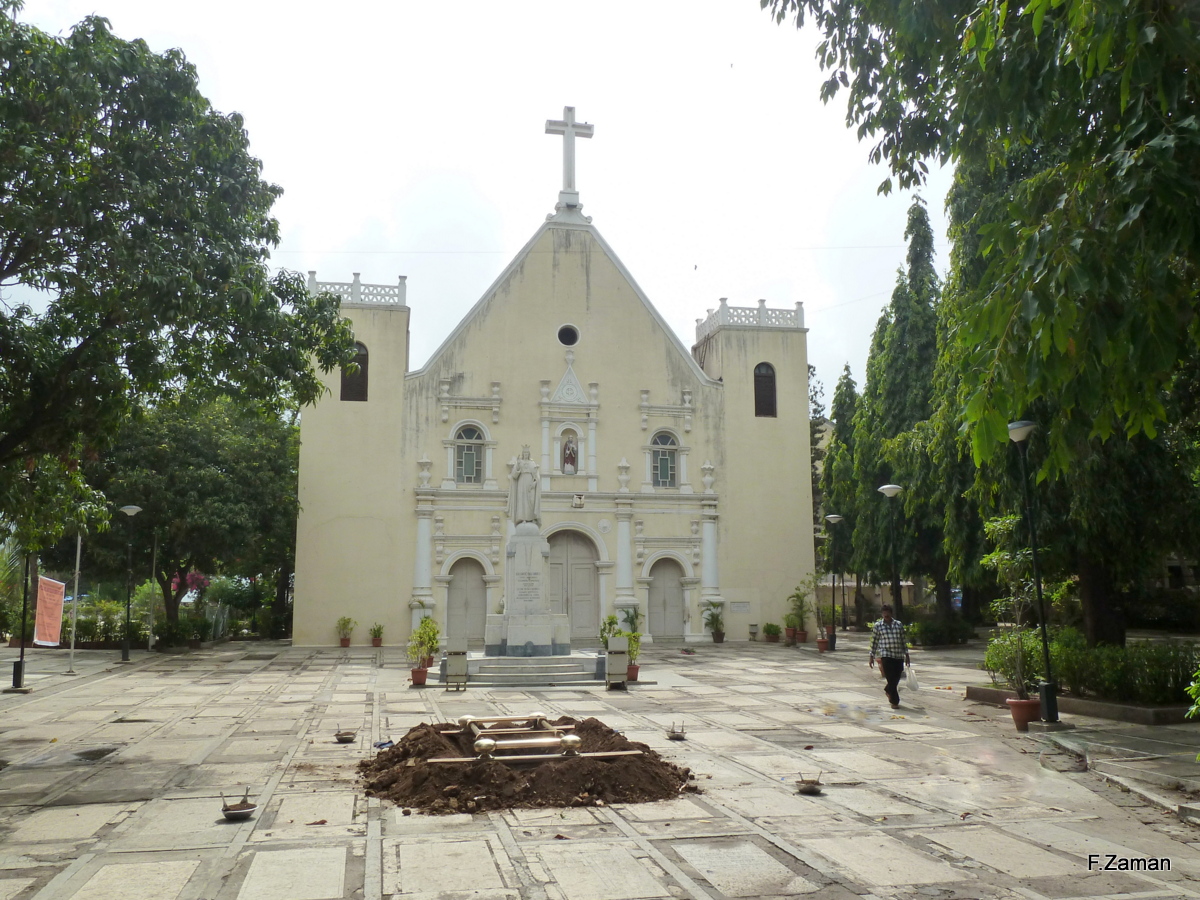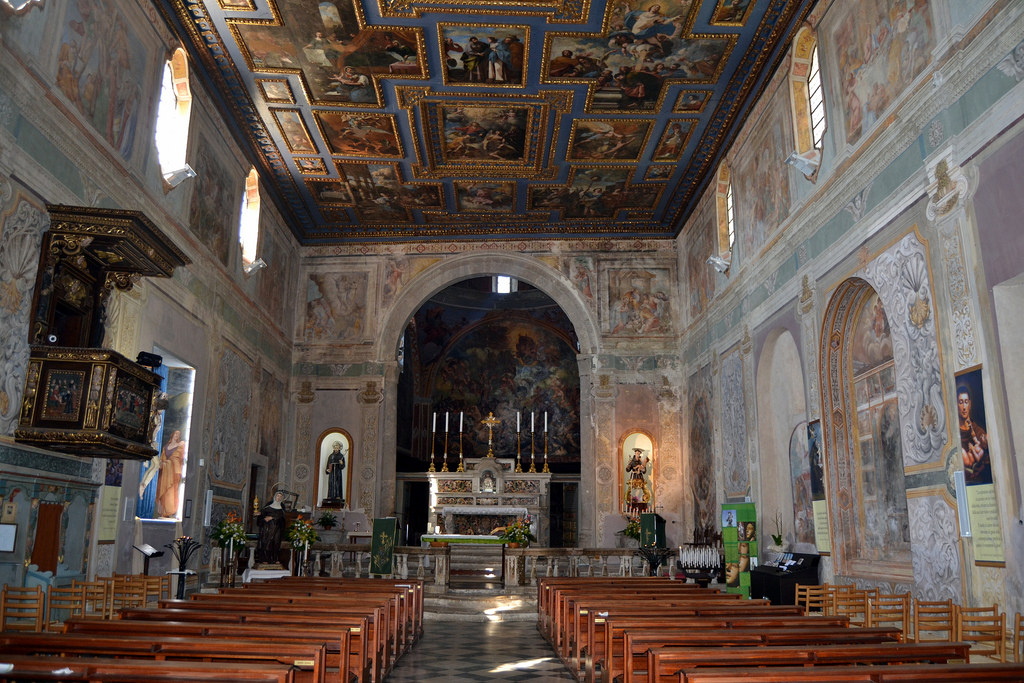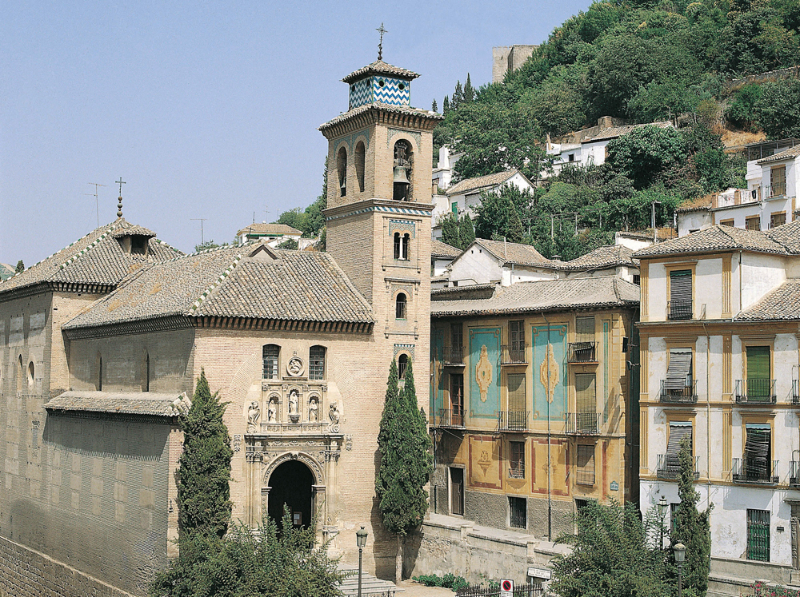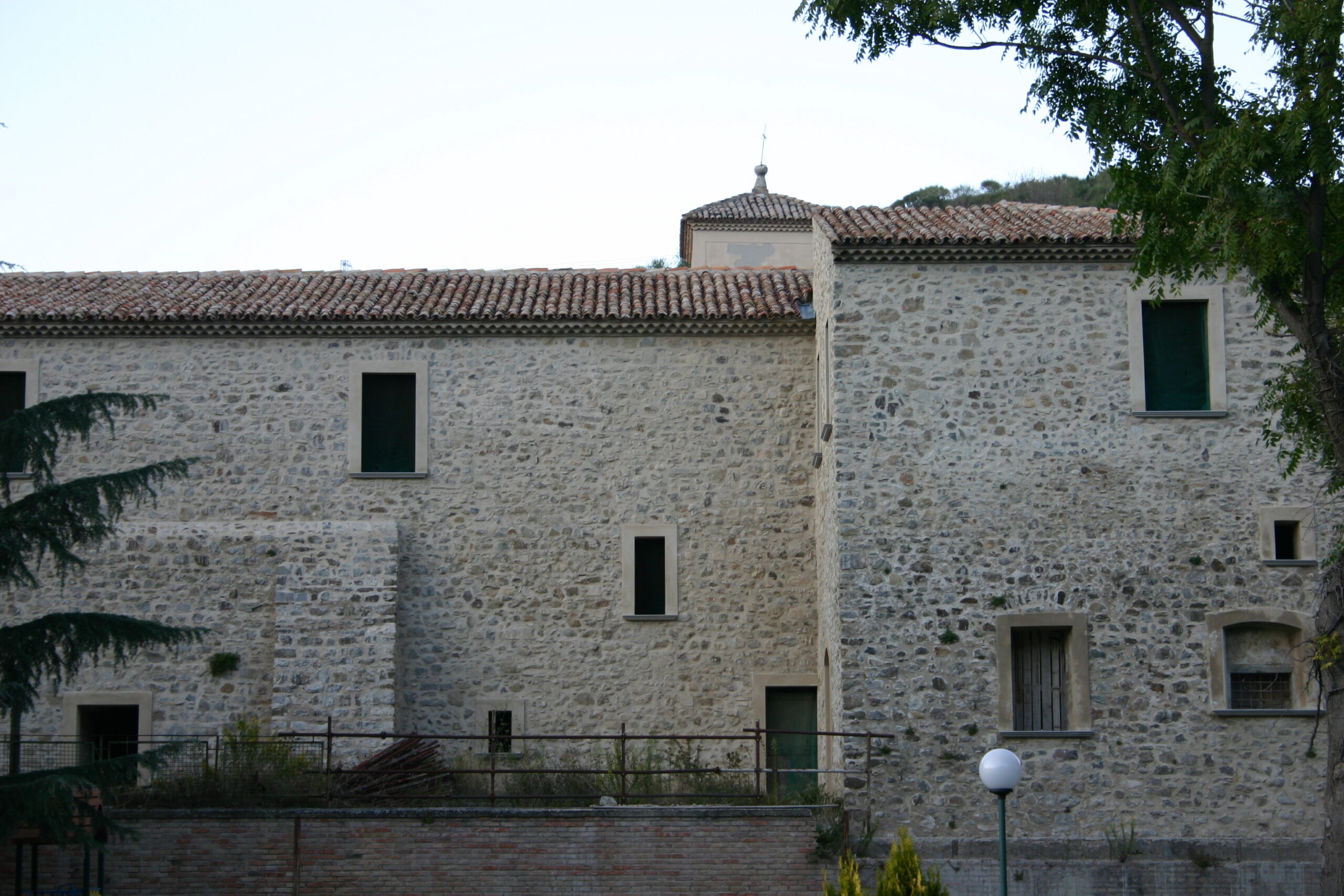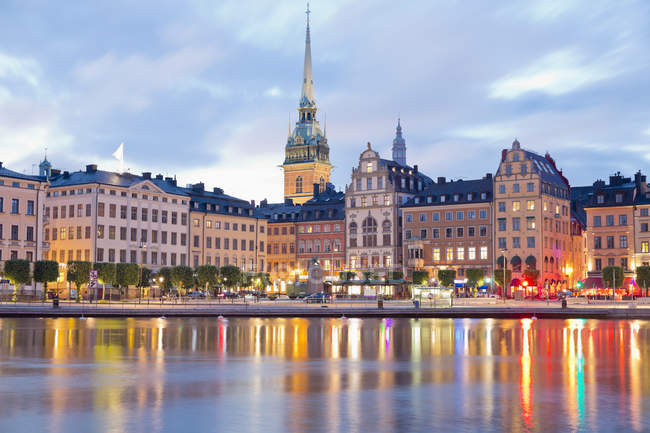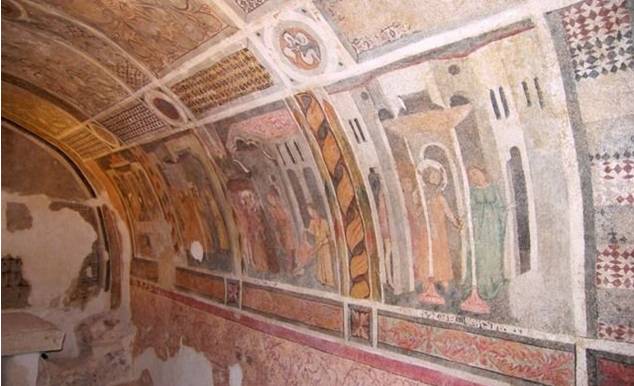A beautiful and intelligent ruler, Queen Theodolinda reigned over today’s Po Valley lands at the turn of the 6th and 7th centuries CE. Through courageous religious choices, in spite of her own female status and the fragmented political situation of the time, she was the architect of the integration of two peoples, the Longobard one of her ancestry and the Roman one of adoption, in the aftermath of the sealed barbarian invasions. The chapel of the same name, located inside Monza Cathedral, is dedicated to Teodolinda, one of the most important artistic testimonies of Lombardy’s 15th century.
It is located to the left of the central apse. It was frescoed by the Zavattari, a family of painters active in Lombardy in the first half of the 15th century. Enclosed by a gate, the chapel consists of a Gothic polygonal vault covered with ribs and holds the Iron Crown and the sarcophagus where the remains of Queen Theodolinda were moved in 1308.
The chapel was painted on two occasions between 1441-44 and 1444-46 and most likely by four different "hands," which some scholars propose to identify with as many members of the Zavattari family. In fact, on the basis of careful stylistic analysis, they believe that the general conception and design of the cycle should be referred to Franceschino Zavattari, who is also responsible for the execution of the first 12 scenes; the so-called "second master of Monza"
perhaps identifiable with Giovanni, would instead conduct those from 13 to 34; Gregory would then be responsible for scenes 35 to 41, while the "fourth master of Monza," perhaps Ambrose, would be the author of the final four. Scene 32, on which the signature and date 1444 appear, is considered by some to be not only one of the poetic peaks of the cycle, but also the junction point between the first and second pictorial campaigns, as recent archival findings would also attest.The 45 scenes narrate the story of Queen Theodolindaa beginning with the historical accounts of Paul Deacon (8th cent.), author of the Historia Langobardorum, and Bonincontro Morigia (14th cent.), author of the
Chronicon Modoetiense. Developed over an area of about 500 sq. m. and
d organized in five overlapping registers, the narrative follows a horizontal course from left to right, and from top to bottom, and is divided as follows: scenes 1 to 23 describe the foreplay and wedding between Theodolinda, princess of Bavaria, and Autari, king of the Lombards, concluding with the king’s death; scenes 24 to 30 depict the foreplay and wedding between the queen and her second husband Agilulf; from scene 31 to 41 the foundation and initial events of the basilica of Monza are depicted, followed by the death of King Agilulph and the queen; finally, from scene 41 to 45 the ill-fated attempt to reconquer Italy by the Eastern Emperor Constant and his sad return to Byzantium are illustrated.
As the scenes unfold, the pace of the narrative becomes slower or tighter depending on the importance of the moments narrated. As many as 28 stages of the narrative are also devoted to wedding scenes, relating to the queen’s two marriages: a circumstance that leads one to believe that the paintings were also designed as a tribute to Bianca Maria Visconti, based on the analogy linking the Lombard queen to the Lombard duchess, who married Francesco Sforza in 1441, thus legitimizing her aspiration to succeed Filippo Maria Visconti in the ducal dignity of Milan.There are many scenes involving court life-dances, parties, banquets, hunting parties-but also travels and battles, and numerous details on the fashion and costumes of the time presented by the protagonists
i: clothes, hairstyles, weapons and armor, furnishings, attitudes and attitudes. All this provides one of the richest and most extraordinary insights into the condition and
court life in 15th-century Milan, perhaps the most European environment in the Italy de
ll the time.
The complex process used by the authors-in which such diverse materials and techniques as fresco, dry tempera, relief pastille, gilding and leaf silvering coexist-demonstrates the extraordinary operational versatility of the workshop and responds perfectly to the sumptuous climate that dominated in the courts and among the aristocracy of the time.
